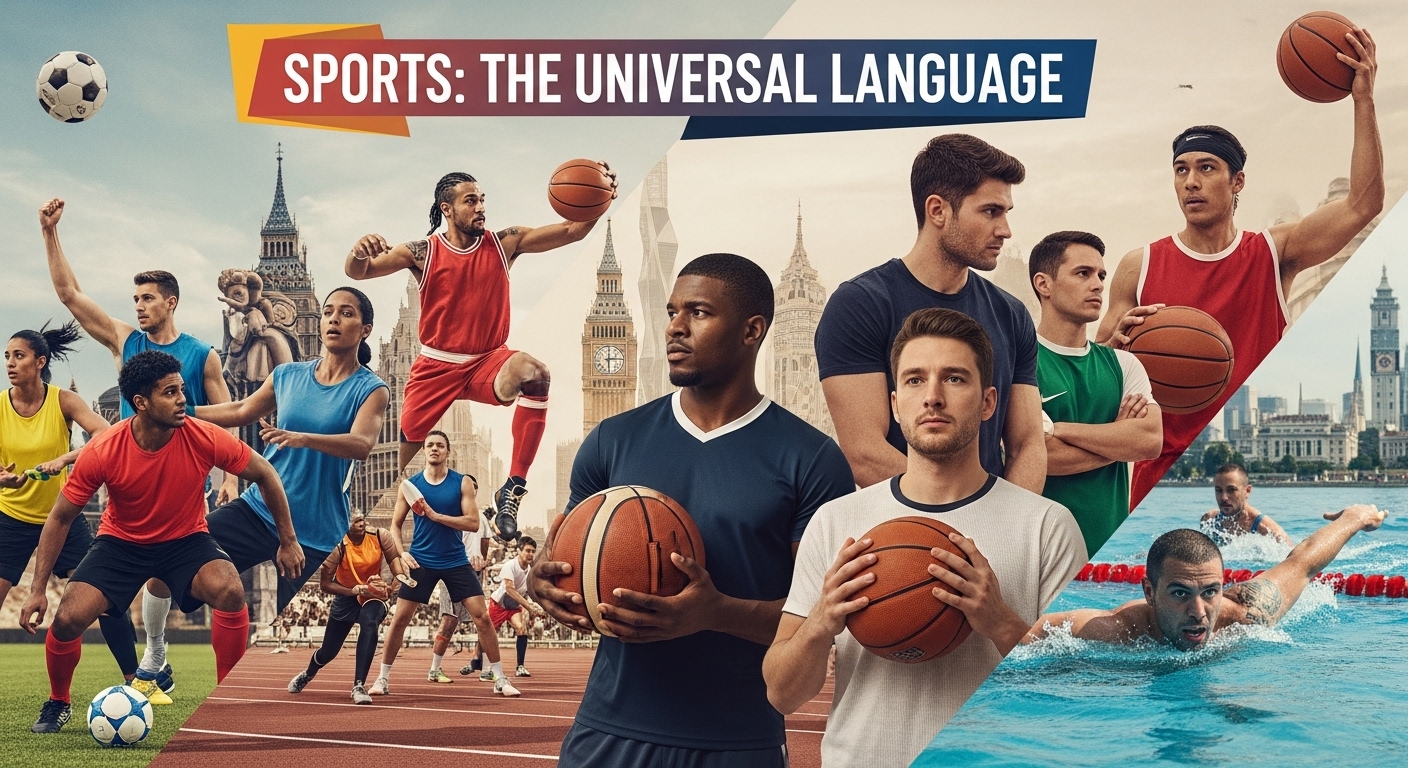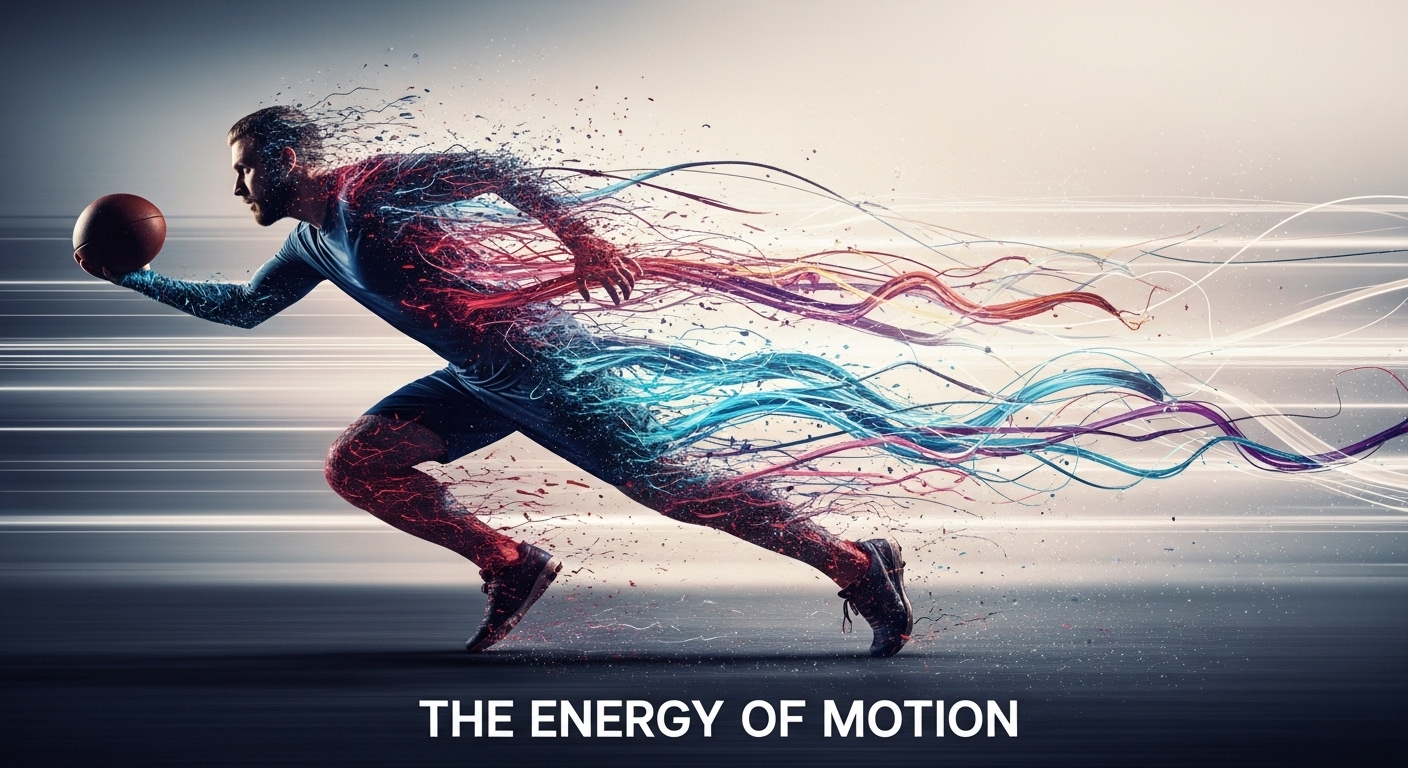Sports have been an integral part of human civilization since ancient times, shaping cultures, promoting physical and mental health, and inspiring teamwork and discipline. From casual recreational activities to highly competitive professional leagues, sports provide a wide range of opportunities for engagement, development, and entertainment. This comprehensive guide explores the history, types, benefits, societal impact, and future trends of sports, highlighting why they remain a vital aspect of human life.
Understanding Sports
At its core, sports involve physical or mental activities performed individually or in groups, often with defined rules and objectives. While the traditional definition focuses on physical exertion and competition, modern interpretations also include strategic and intellectual challenges such as chess and e-sports. Sports are not merely a pastime; they represent a combination of skill, endurance, strategy, and determination.
The universal appeal of sports lies in their ability to connect people, encourage discipline, and foster resilience. Sports provide opportunities for personal growth, social interaction, and even economic advancement through professional careers.
Historical Evolution of Sports
The history of sports reflects the evolution of human society. Early humans engaged in hunting, running, and combat-based activities for survival, which gradually transformed into organized games and competitions. Ancient civilizations, including Greece, Rome, and China, formalized many sports that laid the foundation for modern practices.
The Greek Olympic Games, first held in 776 BCE, were among the earliest known organized sporting events. Athletes competed in running, wrestling, discus, and other activities, celebrating physical fitness, honor, and competition. In Rome, gladiatorial contests and chariot races were popular, emphasizing skill, strength, and public spectacle.
During the Middle Ages, European societies incorporated sports into military training, with activities such as jousting, archery, and sword fighting. The Renaissance period revived interest in physical education and organized sports in schools and communities. The 19th and 20th centuries saw the formalization of modern sports like football, cricket, basketball, and baseball, complete with standardized rules, leagues, and international competitions.
Types of Sports
Sports are diverse and can be categorized based on their structure, objectives, and level of competition. Understanding these categories helps appreciate the wide range of activities available.
Team Sports
Team sports involve groups of players working together to achieve a common goal, usually by scoring points or goals against opponents. Popular examples include football, basketball, volleyball, cricket, and hockey. Team sports encourage communication, coordination, leadership, and strategic planning. They teach players how to collaborate effectively, handle competition, and manage success and failure.
Individual Sports
Individual sports focus on personal performance and often involve competing against other individuals or personal benchmarks. Athletics, swimming, tennis, boxing, golf, and gymnastics fall into this category. Individual sports cultivate discipline, self-motivation, concentration, and perseverance. Athletes learn to rely on their preparation and mental strength to achieve success.
Adventure and Extreme Sports
Adventure sports, also known as extreme sports, test the limits of courage, endurance, and risk-taking. Activities such as rock climbing, skydiving, paragliding, surfing, and snowboarding provide adrenaline-fueled experiences. These sports enhance mental toughness, resilience, and problem-solving abilities while providing a thrilling sense of adventure.
Recreational Sports
Recreational sports prioritize enjoyment, relaxation, and fitness rather than competition. Jogging, cycling, badminton, yoga, and swimming are common examples. These activities promote overall health, reduce stress, and encourage long-term engagement in physical activity. Recreational sports are often accessible to people of all ages and abilities, fostering a lifelong commitment to fitness.
E-Sports
E-sports, or electronic sports, represent a growing segment of modern sports. Competitive video gaming requires quick reflexes, strategic thinking, teamwork, and mental agility. E-sports tournaments attract global audiences, sponsorships, and professional careers, demonstrating that sports are not limited to physical activity. E-sports also provide opportunities for cognitive development, social interaction, and international competition.
Benefits of Sports
Sports provide a multitude of benefits that span physical, mental, social, and economic dimensions. Engaging in sports contributes to overall well-being, personal growth, and societal development.
Physical Benefits
Regular participation in sports enhances cardiovascular health, strengthens muscles, improves flexibility, and boosts endurance. It helps prevent chronic illnesses such as obesity, diabetes, and heart disease. Sports also improve coordination, agility, and motor skills, enabling participants to lead more active and healthier lives.
Mental and Emotional Benefits
Sports positively affect mental health by reducing stress, anxiety, and depression. Physical activity triggers the release of endorphins, hormones that promote happiness and well-being. Sports also enhance focus, discipline, resilience, and problem-solving skills. Engaging in competitive or recreational activities fosters self-confidence and a sense of achievement.
Social Benefits
Sports promote social interaction and community building. Team sports encourage collaboration, communication, leadership, and conflict resolution. Fans and participants alike experience a sense of belonging and shared excitement through sporting events. Sports create social networks, strengthen relationships, and foster cultural exchange.
Cognitive and Educational Benefits
Participation in sports enhances cognitive abilities such as strategic thinking, decision-making, and time management. Studies show that students engaged in regular physical activity often perform better academically. Sports teach goal-setting, perseverance, and critical thinking, which are valuable in educational and professional contexts.
Economic Benefits
Sports contribute significantly to the global economy through professional leagues, broadcasting, sponsorships, merchandise, and tourism. Hosting sporting events boosts local businesses, infrastructure, and employment. Sports careers offer opportunities in coaching, management, media, and event organization, creating a broad economic impact.
Sports and Society
Sports play a significant role in shaping societies, promoting unity, and reflecting cultural identity. Major events such as the Olympics, FIFA World Cup, and regional championships bring nations together, fostering international diplomacy and cultural exchange.
Sports also serve as platforms for social change, addressing issues such as gender equality, inclusion of differently-abled athletes, and anti-discrimination campaigns. By promoting fairness, teamwork, and respect, sports contribute to social cohesion and collective values.
Iconic Sports Figures
Throughout history, sports have produced legendary figures whose achievements and character inspire millions. Athletes such as Muhammad Ali, Serena Williams, Lionel Messi, Michael Jordan, and Usain Bolt are celebrated for their exceptional skill, dedication, and impact on society. These icons demonstrate how sports transcend physical performance, influencing culture, media, and social ideals. Their stories of perseverance, discipline, and success motivate new generations to pursue excellence and embrace the values of sportsmanship.
Modern Trends in Sports
Sports continue to evolve, influenced by technological innovation, globalization, and changing societal attitudes. Key trends shaping modern sports include:
Technological Integration
Advancements in technology have transformed training, performance analysis, and fan engagement. Wearable devices, virtual reality, performance analytics, and instant replay systems enable athletes to optimize training, prevent injuries, and improve strategies. Fans enjoy immersive experiences through advanced broadcasting and interactive platforms.
Growth of Women’s Sports
Women’s sports are gaining recognition and support worldwide. Increased media coverage, sponsorship, and professional leagues empower female athletes and inspire participation. The rise of women’s tournaments and professional careers contributes to gender equality in sports and society at large.
Fitness and Wellness Movement
The fitness culture has blurred the lines between professional sports and recreational activities. Programs like CrossFit, marathons, yoga challenges, and obstacle courses attract a wide audience, encouraging participation, health awareness, and community engagement.
Expansion of E-Sports
E-sports continue to grow in popularity and legitimacy. Collegiate programs, professional leagues, and global tournaments attract audiences and sponsorships comparable to traditional sports. E-sports promote cognitive skills, teamwork, and strategic thinking, appealing to younger demographics.
Sustainability and Ethical Practices
Sports organizations increasingly adopt sustainable practices, such as eco-friendly stadiums, responsible event management, and promotion of environmental awareness. Ethical standards in athlete management, anti-doping policies, and fair play initiatives reflect broader societal concerns about integrity and responsibility.
Challenges in Sports
Despite their benefits, sports face several challenges that require attention and action.
Doping and Fair Play
The use of performance-enhancing drugs remains a major issue, threatening the integrity of sports and athlete health. Anti-doping regulations, education programs, and testing protocols are essential to maintain fairness.
Financial Inequality
Not all athletes and regions have equal access to resources, training facilities, and sponsorships. Financial disparities can hinder talent development and limit opportunities, particularly in developing nations.
Mental Health Pressures
Athletes often face immense mental and emotional pressures, including performance anxiety, public scrutiny, and career uncertainty. Comprehensive mental health support and counseling are critical for their well-being.
Accessibility and Inclusion
Economic, cultural, and infrastructural barriers prevent widespread participation in sports. Ensuring accessibility for differently-abled individuals, marginalized communities, and women is vital to promoting inclusivity and diversity.
The Future of Sports
The future of sports is dynamic and promising. Emerging technologies, globalization, and cultural shifts will continue to shape participation, training, and viewership. Innovations such as artificial intelligence, virtual reality, personalized training programs, and increased gender equality will redefine the sports landscape.
Sports will remain a unifying force, promoting education, social development, and personal growth. The core values of competition, teamwork, and perseverance will endure, inspiring new generations to embrace physical activity, fair play, and human excellence.
Conclusion
Sports are more than games or physical activities; they are a reflection of human potential, culture, and resilience. From promoting health and mental well-being to fostering community, unity, and social progress, sports have a profound impact on individuals and society. Understanding their history, types, benefits, and challenges allows us to appreciate their significance in everyday life.
As we move forward, sports will continue to innovate, inspire, and unite people worldwide. They embody the spirit of human achievement, encouraging discipline, perseverance, and fair competition. Whether pursued professionally or recreationally, sports remain a timeless avenue for personal development, social connection, and collective celebration of human talent and determination.



